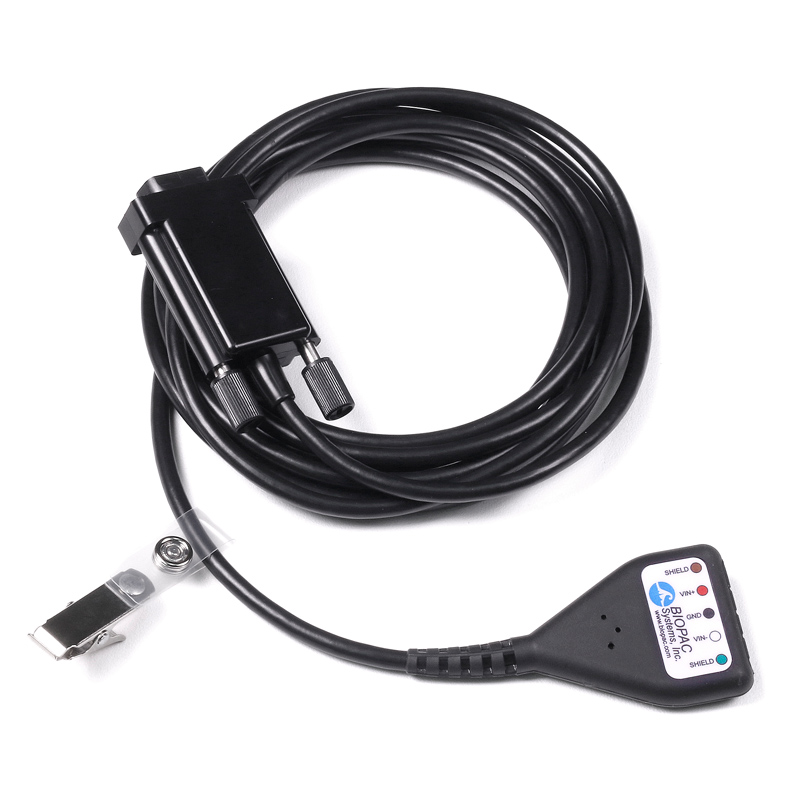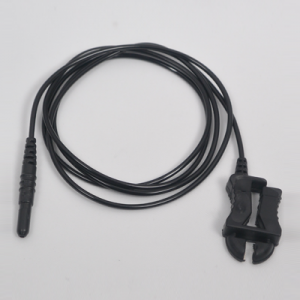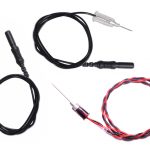Typically, this electrode interface cable is used with needle, wire, or pellet micro-electrodes for use in animal or organ studies (for glass electrodes, see SS72L interface). Interface with EL450 series needle electrodes, LEAD140 clip adapters (to connect to wire or Ag/AgCl pellets in glass electrodes), or LEAD110 unshielded electrode leads. If a single-ended configuration is required, use one JUMP100C to connect Vin- to GND to establish the reference electrode.
This interface cable can also be used with…
- Reusable EL250 or EL350 series surface electrodes; see the SS1LA adapter
- Disposable EL500 series surface electrodes; see the SS1LA adapter
For glass microelectrodes, see SS72L Microelectrode Amplifier, a very high impedance, single-ended input amplifier that accepts glass or wire electrodes.
*For MP30, use BSLCBL9.
Part #: BSLCBL8, BSLCBL9



Stay Connected